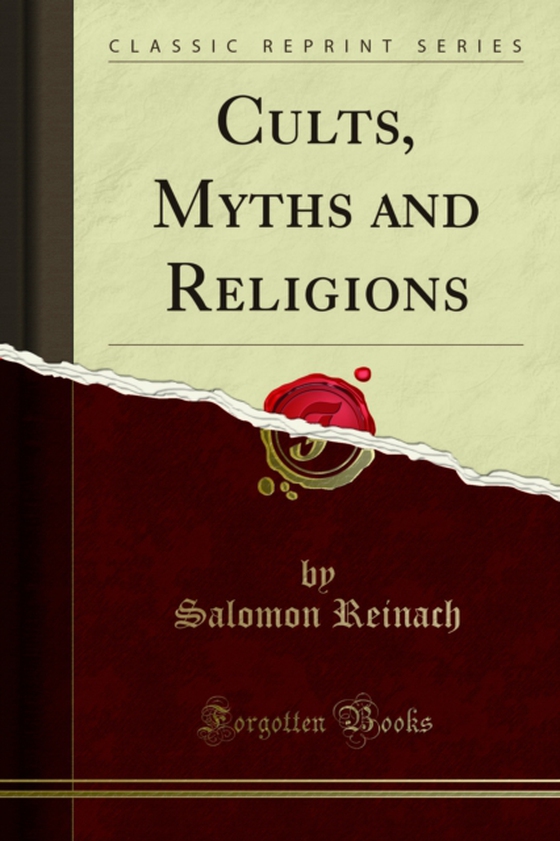
Cults, Myths and Religions e-bog
77,76 DKK
(inkl. moms 97,20 DKK)
Whilst the greatest effort has been made to ensure the quality of this text, due to the historical nature of this content, in some rare cases there may be minor issues with legibility. Here a third element, peculiar to the homo sapiens, comes in. Many of the higher animals live in a gregarious state, implying the scruple of the blood of the species but they do not form communities. Man, however...
E-bog
77,76 DKK
Forlag
Forgotten Books
Udgivet
27 november 2019
Genrer
HRAC
Sprog
English
Format
pdf
Beskyttelse
LCP
ISBN
9780259612445
Whilst the greatest effort has been made to ensure the quality of this text, due to the historical nature of this content, in some rare cases there may be minor issues with legibility. Here a third element, peculiar to the homo sapiens, comes in. Many of the higher animals live in a gregarious state, implying the scruple of the blood of the species but they do not form communities. Man, however, is not only a social animal: he is also, in the Aristotelian phrase, a political animal 7ro7u'ruc6v. Possibly, bees and ants fall into the same category; but among mammals, with the single exception of man, there is nothing similar. This social instinct, a development of the gregarious instinct, impels man to seek the company, the friendship, and the protection of his kind. But he goes further, and, under the influence of the animistic illusion, enlarges indefinitely the circle of his relations, actual or imaginary. The savage finds certain animals and certain plants about him, and the very mystery of their existence leads him to give them place in the group formed by the members of the clan. Soon he infers that animal and plant must spring from a common origin with himself, and he proceeds to apply the same scruple to them as to his own people. This respect for plant and animal life is the germ of dendrolatry and zoolatry. In 1900 I called it an hypertrophy of the social instinct, and I do not believe that anyone has since proposed a more acceptable explanation.
 Dansk
Dansk

